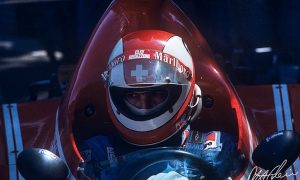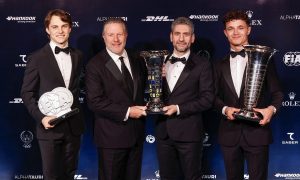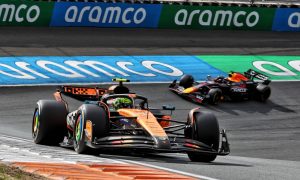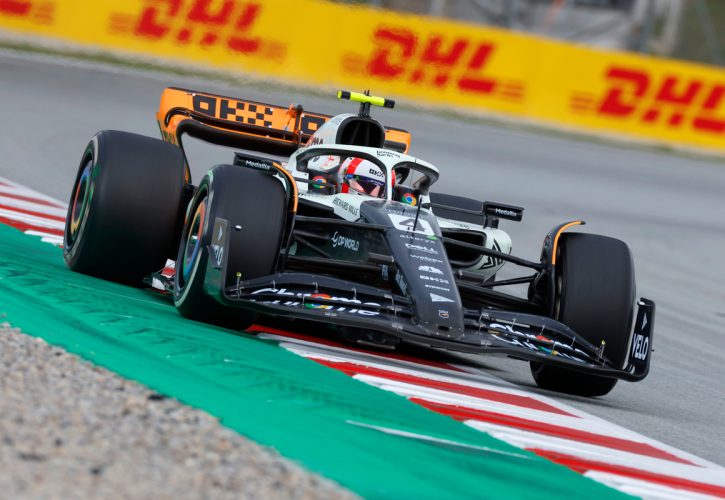
McLaren team boss Andrea Stella would love for his team to have a works engine deal in 2026, but such a prospect is not without "an element of risk" for the Woking-based outfit.
Formula 1 will introduce in 2026 its next generation power unit regulations that will ensure that engines use significantly less energy and produce net zero exhaust CO2 thanks to sustainable fuels.
A total of six manufacturers – Mercedes, Ferrari, Renault, Honda, Audi and Red Bull Powertrains in partnership with Ford – have registered to supply the field for the 2026-2030 cycle.
In an ideal world, McLaren would opt for a full works deal with a supplier. But Stella elaborated on why the team's most reasonable option for 2026 is to extend its current collaboration with Mercedes.
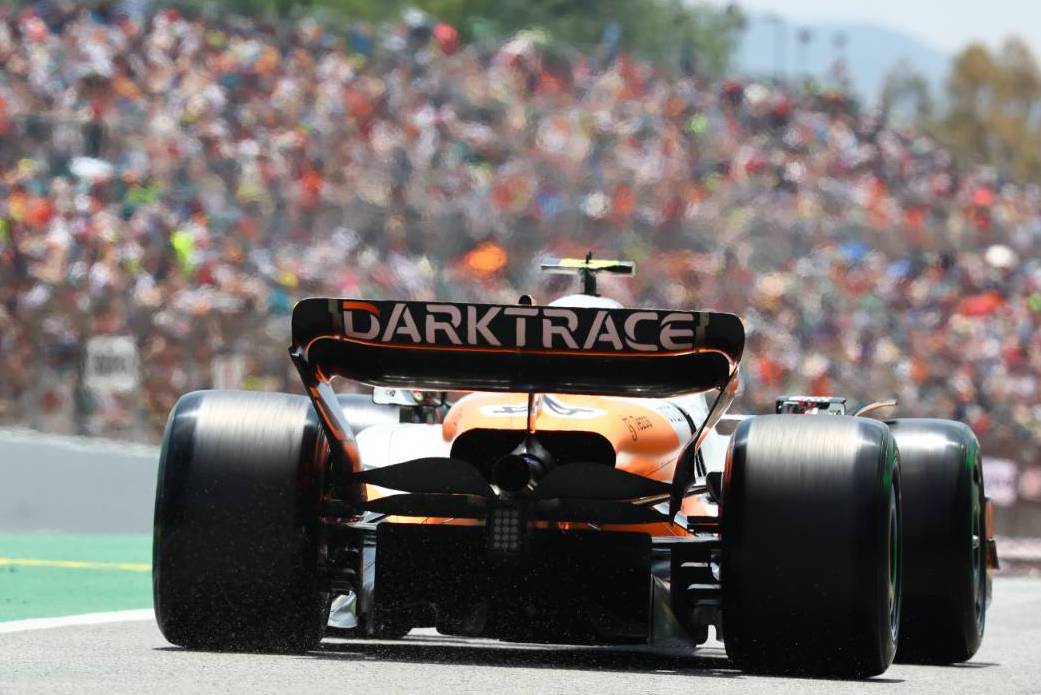
"There’s three options," explained the Italian.
"One is ideally you are a works team but with an established power unit manufacturer. Then there’s being a customer with an established (manufacturer) – I think joining with a new partnership comes with an element of risk.
"In 2026 we want to be there, we don’t want to be saying ‘OK now we need two years because the project is too immature’.
"We want to be there from a chassis point of view and sound from a power unit point of view.
"If I had to choose, I would always choose to be a works team. But I don’t think that this is a fundamental differentiator to be able to win."
McLaren is still working on building up its new infrastructure at Woking, an effort that should see the team bring its new wind tunnel online by the end of this month.
While a power unit is obviously an important component of a car's package, Stella says that choosing its future supplier is not McLaren's biggest priority.
"At the moment if we look at our limitations, they are nothing to do with the power unit," he explained. "I think they are much more fundamental and that’s where I would like to keep the focus.
"Even when I think about having to improve from an aerodynamic point of view or having to improve from a tyre point of view… the role of the power unit, even in terms of layout and construction and so on, is really small.
"So I remain convinced that it could be one of the final incremental elements … but I do not think it should be too much of a preoccupation."

At the start of next year, McLaren's three-pronged technical leadership structure will be in place with new hire Rob Marshall heading engineering and design, Peter Prodromou in charge of aerodynamics and David Sanchez leading concept.
Stella is convinced the new internal organization is what McLaren needs to carry it up the grid.
"I think this configuration is strong, because it's not about who makes decisions, it's much more about how can we generate competitive ideas to bring to the table," he said.
"What McLaren has been missing is not who makes decisions. It was more about, can we bring to the table competitive ideas to make a quick car? That's where we have struggled.
"We think this organisation addresses this. And ultimately, this organisation is not dissimilar from a conceptual point of view from what happens in other teams. It pretty much is the way how Red Bull operate, for instance."
Keep up to date with all the F1 news via Facebook and Twitter



